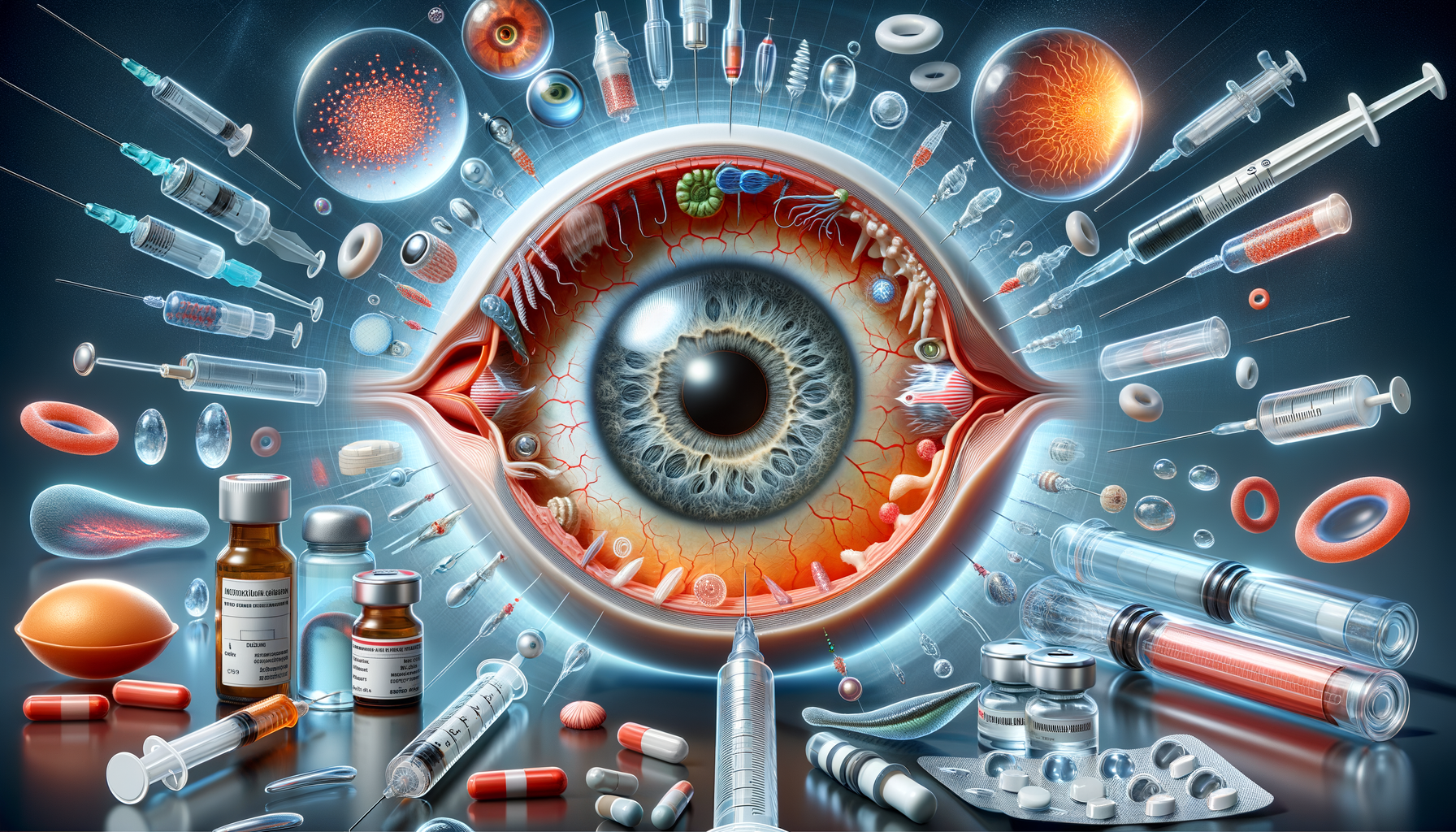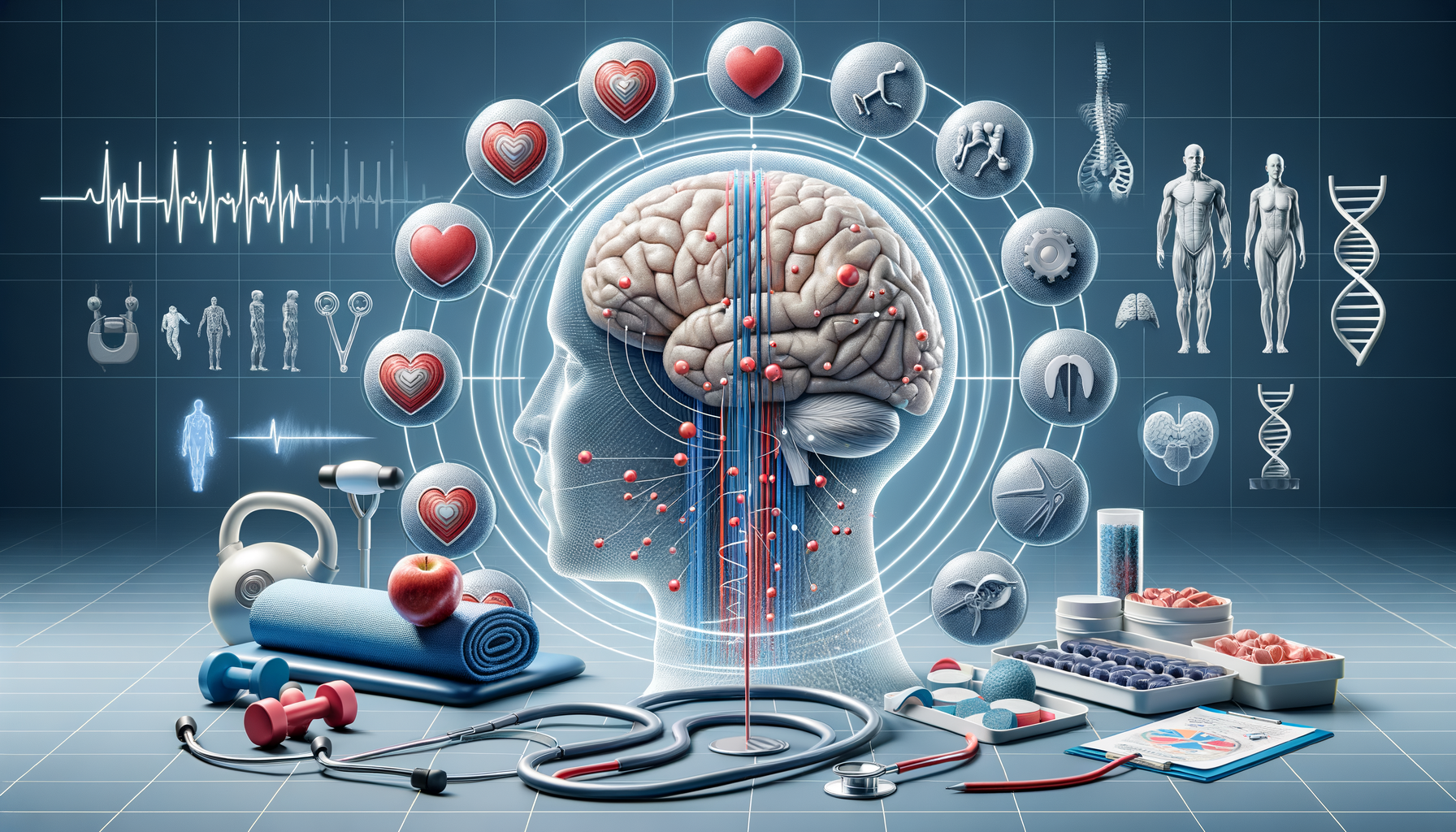Introduction to Macular Degeneration
Macular degeneration is a common eye disorder that affects millions of people worldwide, primarily those over the age of 50. This condition leads to the deterioration of the central portion of the retina, known as the macula, which is responsible for central vision. As the population ages, the prevalence of macular degeneration is expected to rise, making it a significant public health concern. Understanding the latest treatments for macular degeneration is crucial as they offer hope for preserving vision and improving the quality of life for those affected by this condition.
Current Treatment Options
The current treatment landscape for macular degeneration primarily focuses on slowing disease progression and managing symptoms. The most common form, age-related macular degeneration (AMD), is categorized into dry and wet types. For dry AMD, which is more prevalent, treatment options are limited. Patients are often advised to take nutritional supplements that include antioxidants and zinc to slow the progression.
Wet AMD, which is less common but more severe, is treated with anti-VEGF (vascular endothelial growth factor) injections. These injections help reduce fluid build-up and slow vision loss. While effective, these treatments require regular administration and can be invasive and uncomfortable for patients.
Despite these options, there is a pressing need for more effective and less invasive treatments, which is driving research and innovation in the field.
Emerging Therapies and Innovations
Recent advancements in medical research have led to the development of new treatments that hold promise for those with macular degeneration. One exciting area of research is gene therapy, which aims to address the genetic causes of the disease. By targeting specific genes responsible for macular degeneration, researchers hope to develop treatments that can halt or even reverse the damage.
Another promising approach is the use of stem cell therapy. This involves transplanting healthy retinal cells into the eye to replace damaged cells. Early clinical trials have shown encouraging results, with some patients experiencing improvements in vision.
Additionally, innovative drug delivery systems are being explored to improve the efficacy and convenience of existing treatments. These include sustained-release implants that reduce the frequency of injections and improve patient compliance.
The Role of Lifestyle and Prevention
While medical treatments are crucial, lifestyle modifications also play a significant role in managing macular degeneration. Patients are encouraged to adopt a diet rich in leafy greens, fish, and nuts, which are high in omega-3 fatty acids and antioxidants. Regular exercise and maintaining a healthy weight can also contribute to better eye health.
Smoking cessation is particularly important, as smoking is a known risk factor for the development and progression of macular degeneration. Protecting eyes from excessive sunlight by wearing sunglasses with UV protection is another preventive measure.
Overall, a proactive approach combining medical treatments with lifestyle changes can significantly impact the management of macular degeneration.
Conclusion: Looking Ahead
The future of macular degeneration treatment looks promising with ongoing research and innovation. As new therapies emerge, they offer hope for improved outcomes and quality of life for those affected by this condition. Patients and healthcare providers must stay informed about these advancements to make well-informed decisions about treatment options.
Ultimately, a combination of cutting-edge medical treatments and healthy lifestyle choices will pave the way for better management of macular degeneration, ensuring that individuals can maintain their vision and independence for as long as possible.




Leave a Reply